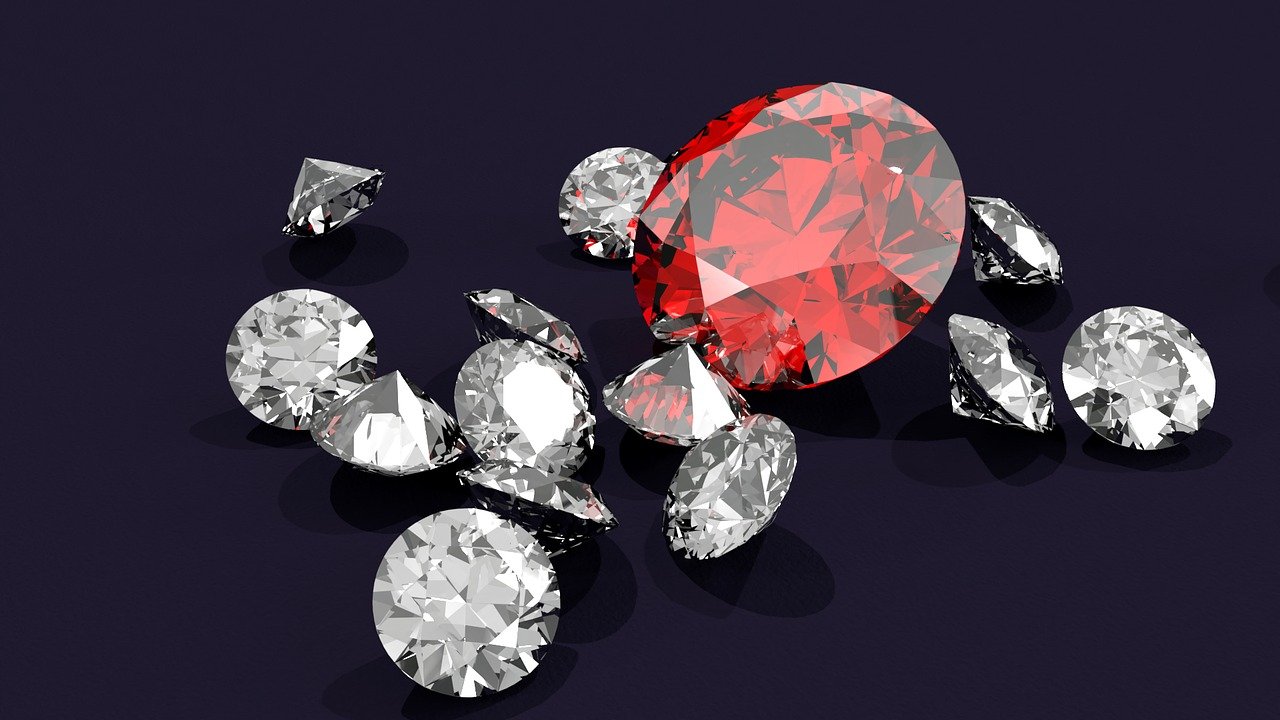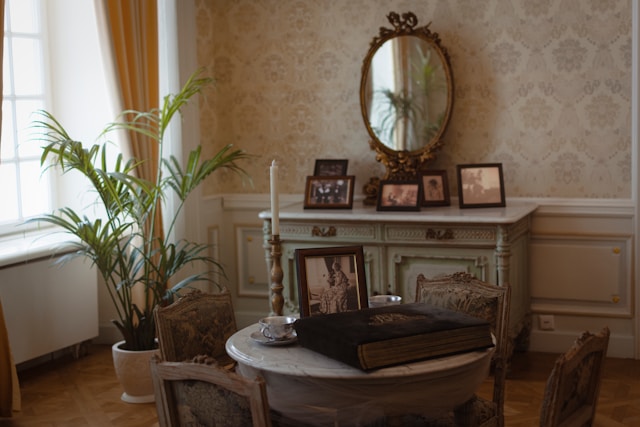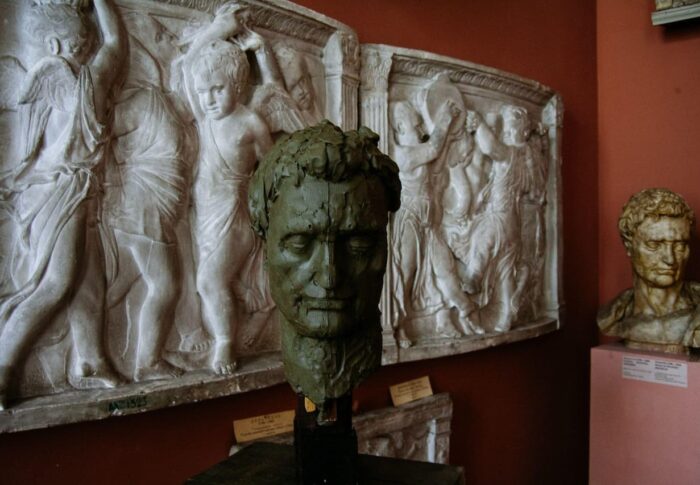
Diamond Museum in Amsterdam.
A city of freedom, diversity and vibrant colors, Amsterdam is also where the old and new come together. The canals as much a part of its character as old houses or wooden shoes, while bright orange paint is everywhere that you look. Amsterdam is renowned for its famous artists, vibrant tulip industry, and historic landmarks. There are museums that show off these renowned parts of the city, such as the world-famous Van Gogh Museum.
The European capital for diamond cutting and trading is Amsterdam. They have a rich history that began with the establishment of the diamond-cutting technique in 16th century. For hundreds of years, a small number of the most skilled craftsmen have perfected their skills on thousands of diamonds. These craftsman stretched all the way from South Africa and India to Brazil and Siberia. The craft of cutting a diamond into facets is an art just like the over 10,000 diamonds you can find in Amsterdam. The largest faceted diamond is named “Star of Africa” and found in the treasury at the Tower. If a mere 17-year old can create the smallest diamonds in the world, how much more can Pauline Willems (with her 22 years of experience in cutting) accomplish?
Visit the Diamond Museum in Amsterdam to find out more about the region’s diamond mining heritage and the few diamonds still mined there today. The stone owes its appearance to the Coster Diamonds company, which has owned a diamond factory since 1840 and is famous for the fact that it was its craftsmen who completed an order for the British Crown to polish the blue-and-white Koh-i-nor diamond. There are many bloody events in the history of this stone, which started in the 13th century. One belief was that powerful diamonds gave unlimited power and fights for them can be seen to have never stopped until now.
The factory is proud to announce that for the first time in history, precious stones were subjected to steam engines for processing. Moses Koster, the visionary behind the company, was the first to realize that horse power could be replaced by steam power for grinding machines. The emergence of the diamond paved the way for business around the world to thrive. Coster Diamonds currently owns one of the largest collections, with 130 diamonds in excess of 1 carat.
The Diamond Museum in Amsterdam is an exhibition focused on diamond jewelry located on the Museumplein. The permanent collection deals with diamond knowledge and gives you a deep understanding of this rare gemstone.
I’m glad you asked. As one of the most popular museums in Amsterdam, visitors have a lot to enjoy! Do you know about the amazing story behind it?
One company building houses a diamond factory, showroom with copies of the world’s best diamonds, and storehouse of genuine diamonds. Visitors can see the work of famous jewelers at this Amsterdam location first before seeing work by lesser known jewelers. It’s fascinating to watch how an ordinary pebble is transformed into a beautiful gemstone. After the gem has been cut, it will sparkle in many different colors that stand out from one another. The tour guide will show you some high-quality pieces of jewelry that are also steeped in their own story, with a little bit of adventure and romance. At the museum, you can also get to know more about the history of diamond processing, see how the tools have evolved and be able to understand how Holland has developed into one of the world’s leading diamondproducers. The vault contains the best, exclusive examples of jewelry craftsmanship which influence not only fashion but also the lives of their former owners.
A visit to the museum begins with watching a short film that provides a great introduction to the topic of diamonds. It makes the tour much more interesting than if you were just given text-based information about it. The cinema has Dutch and English versions, and when they don’t speak either of those languages, the guides have a printed translation so that they can understand the text. The guides in the museum are high-quality professionals who can speak in depth about the diamond theme and many foreign languages, including Russian.
The entire jewelry experience is just as lavish and luxurious. There’s a world of dazzling diamonds here, beautifully framing the amazing pieces. You’ll find real masterpieces here, made from diamond gemstones collected from the most remote corners of the world-such as South Africa and India. Among the exhibits you can see a diamond encrusted tennis racket, awarded to players who show excellence. Alongside these are copies of great pieces of art. These reference, for example, to a Damien Hirst artwork called For the Love of God, which consists of a gold monkey skull covered in diamonds. Van Gogh’s Starry Night has also been put on display with some diamonds as well.
The products of world-famous jewelry houses, such as Tiffany, are also presented. As a “cherry on the cake” there is a souvenir shop where you can buy products of the factory, and after examining the collection it is almost impossible not to do it.
All visitors of the museum can buy both traditional souvenirs and finished products with diamonds of different sizes, colors, and even shapes. You may not be able to afford a full diamond, but you can still buy a single diamond crumb. The certificate guarantees that the product is real and tax-free, saving you time and money.
To fully enjoy these precious pieces of art, a visit to one of these locations should be in order. Not only will you get to see the exquisite items up close, but you’ll also gain an understanding of their weight, size and other interesting features.
The Diamond Museum is one of the most prestigious and magnificent tourist attractions in Amsterdam. It not only showcases Dutch diamond cutting ability, but also shows off their enormous skill in building ships and cultivating tulips of outstanding beauty. Koster Diamonds is known for their patent on the technology of stone processing, which has been a huge success in the jewelry world. This historic site has both museums and workshops in adjacent buildings so visitors can get a deeper insight into this company’s processes. It’s not like the house has an extravagant or ostentatious facade that would indicate that it has hidden riches.





